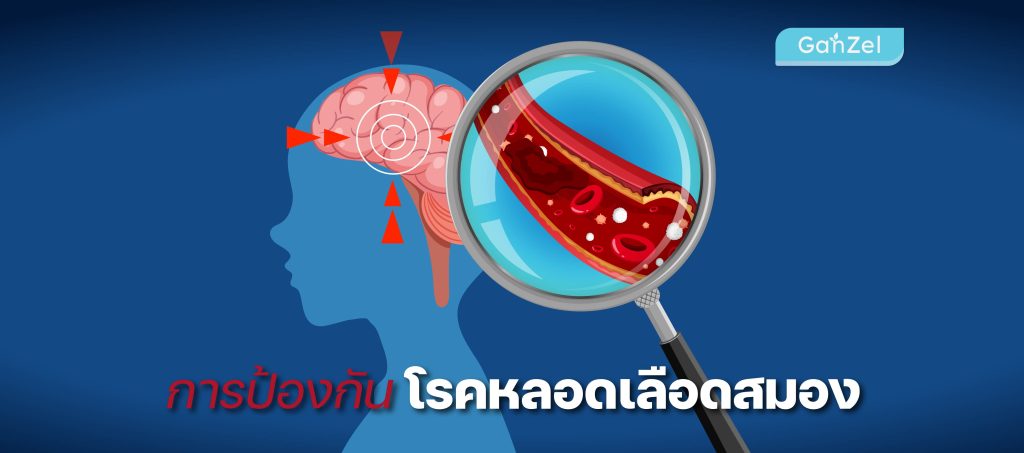Academic Articles
Tips for Preventing Stroke
Tips for Preventing Stroke
Stroke is a leading cause of death and disability worldwide, but many cases are preventable through lifestyle modifications and medical interventions. This article aims to provide evidence-based tips for stroke prevention while addressing common misunderstandings about the condition.
Understanding Stroke
A stroke occurs when blood supply to part of the brain is interrupted or reduced, preventing brain tissue from getting oxygen and nutrients. This can result in brain cell death and potentially severe disabilities or death.
Evidence-Based Prevention Strategies
1. Blood Pressure Management
High blood pressure (hypertension) is the most significant modifiable risk factor for stroke. A meta-analysis published in The Lancet found that every 10 mmHg reduction in systolic blood pressure was associated with a 27% reduction in stroke risk [1].
Tip: Maintain blood pressure below 130/80 mmHg through lifestyle changes and, if necessary, medication as prescribed by a healthcare provider.
2. Physical Activity
Regular exercise has been shown to reduce stroke risk. A systematic review and meta-analysis published in the International Journal of Cardiology reported that moderate to high levels of physical activity were associated with a 21% lower risk of stroke incidence [2].
Tip: Aim for at least 150 minutes of moderate-intensity aerobic activity or 75 minutes of vigorous-intensity aerobic activity per week, as recommended by the World Health Organization.
3. Healthy Diet
A diet rich in fruits, vegetables, whole grains, and lean proteins, and low in saturated fats and sodium, can help reduce stroke risk. The Mediterranean diet, in particular, has been associated with a lower risk of stroke. A study published in Stroke found that adherence to a Mediterranean diet was associated with a 20% lower risk of stroke [3].
Tip: Incorporate more plant-based foods, fish, and olive oil into your diet while reducing processed foods and red meat consumption.
4. Smoking Cessation
Smoking is a significant risk factor for stroke. A meta-analysis published in BMJ found that smokers have a 50% higher risk of stroke compared to non-smokers [4].
Tip: Quit smoking or avoid starting. Seek professional help if needed, as various effective cessation strategies are available.
5. Moderate Alcohol Consumption
While excessive alcohol consumption increases stroke risk, moderate consumption may have a protective effect. A meta-analysis in BMC Medicine found that light to moderate alcohol consumption (1-2 drinks per day) was associated with a reduced risk of ischemic stroke [5].
Tip: If you drink alcohol, do so in moderation. For some individuals, abstaining entirely may be the best choice, especially if there are other risk factors present.
6. Managing Other Health Conditions
Certain health conditions increase stroke risk, including diabetes, atrial fibrillation, and high cholesterol. Proper management of these conditions is crucial for stroke prevention.
Tip: Work closely with healthcare providers to manage any existing health conditions effectively.
Common Misunderstandings
Myth 1: Strokes only happen to older people
Reality: While stroke risk increases with age, strokes can occur at any age. A study published in JAMA Neurology found an increasing incidence of stroke among young adults (aged 18-50) [6].
Myth 2: You can’t prevent strokes
Reality: As discussed above, many stroke risk factors are modifiable. The INTERSTROKE study, published in The Lancet, found that ten potentially modifiable risk factors accounted for 90% of stroke risk [7].
Myth 3: Taking aspirin daily prevents stroke in everyone
Reality: While aspirin can be beneficial for some individuals, it’s not recommended for everyone. The U.S. Preventive Services Task Force recommends aspirin for primary prevention only in adults aged 50-59 with specific cardiovascular risk factors [8].
Myth 4: TIAs (mini-strokes) don’t require urgent medical attention
Reality: Transient Ischemic Attacks (TIAs) are medical emergencies. A study in Neurology found that about 5% of patients who experience a TIA will have a stroke within 48 hours [9].
Conclusion
Preventing stroke requires a multifaceted approach involving lifestyle modifications and proper management of health conditions. By understanding the evidence-based strategies and dispelling common myths, individuals can take proactive steps to reduce their stroke risk. Always consult with healthcare professionals for personalized advice and risk assessment.
References
- Ettehad, D., et al. (2016). Blood pressure lowering for prevention of cardiovascular disease and death: a systematic review and meta-analysis. The Lancet, 387(10022), 957-967.
- Wahid, A., et al. (2016). Quantifying the association between physical activity and cardiovascular disease and diabetes: a systematic review and meta‐analysis. Journal of the American Heart Association, 5(9), e002495.
- Tsivgoulis, G., et al. (2015). Adherence to a Mediterranean diet and risk of incident cognitive impairment. Neurology, 84(12), 1281-1288.
- Pan, B., et al. (2019). The association of cigarette smoking with stroke risk, stroke severity, and post-stroke mortality: A systematic review and meta-analysis. BMJ Open, 9(8), e028728.
- Zhang, C., et al. (2014). Alcohol intake and risk of stroke: A dose-response meta-analysis of prospective studies. International Journal of Cardiology, 174(3), 669-677.
- George, M. G., et al. (2017). Trends in stroke hospitalizations and associated risk factors among children and young adults, 1995–2008. Annals of Neurology, 81(2), 213-221.
- O’Donnell, M. J., et al. (2010). Risk factors for ischaemic and intracerebral haemorrhagic stroke in 22 countries (the INTERSTROKE study): a case-control study. The Lancet, 376(9735), 112-123.
- US Preventive Services Task Force. (2016). Aspirin Use for the Primary Prevention of Cardiovascular Disease and Colorectal Cancer: US Preventive Services Task Force Recommendation Statement. Annals of Internal Medicine, 164(12), 836-845.
- Johnston, S. C., et al. (2000). Short-term prognosis after emergency department diagnosis of TIA. JAMA, 284(22), 2901-2906.

